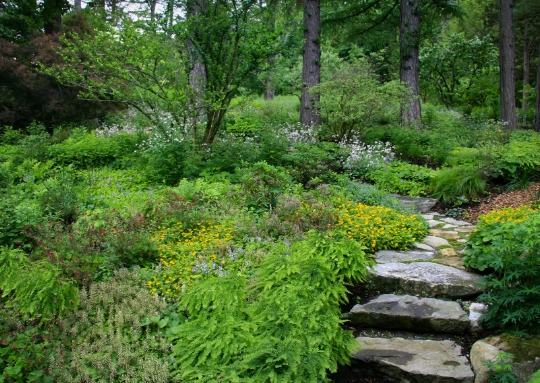Urban spaces are undergoing a transformation thanks to ecological landscape architecture.
Creating Sustainable Environments
Ecological landscape architecture focuses on creating sustainable environments that benefit both the natural world and urban communities.
Incorporating Green Infrastructure
Green infrastructure, such as green roofs, rain gardens, and permeable pavements, is being incorporated into urban spaces to manage stormwater runoff and reduce the heat island effect.
Promoting Biodiversity
By incorporating native plants and creating habitats for wildlife, ecological landscape architecture promotes biodiversity in urban areas.
Improving Air Quality
Green spaces help improve air quality by sequestering carbon dioxide and filtering pollutants from the air.
Enhancing Human Health and Wellbeing
Access to green spaces has been linked to improved mental health, reduced stress levels, and increased physical activity.
Fostering Social Connection
By creating inviting public spaces, ecological landscape architecture fosters social connections and strengthens community bonds.
Revitalizing Underutilized Spaces
Abandoned lots and underutilized spaces are being transformed into vibrant parks and green corridors, enhancing the overall quality of life in urban areas.
Creating Resilient Cities
Ecological landscape architecture plays a key role in creating resilient cities that can adapt to the challenges of climate change and urbanization.
In conclusion, by revolutionizing urban spaces through ecological landscape architecture, cities can become more sustainable, livable, and resilient for both people and the environment.

